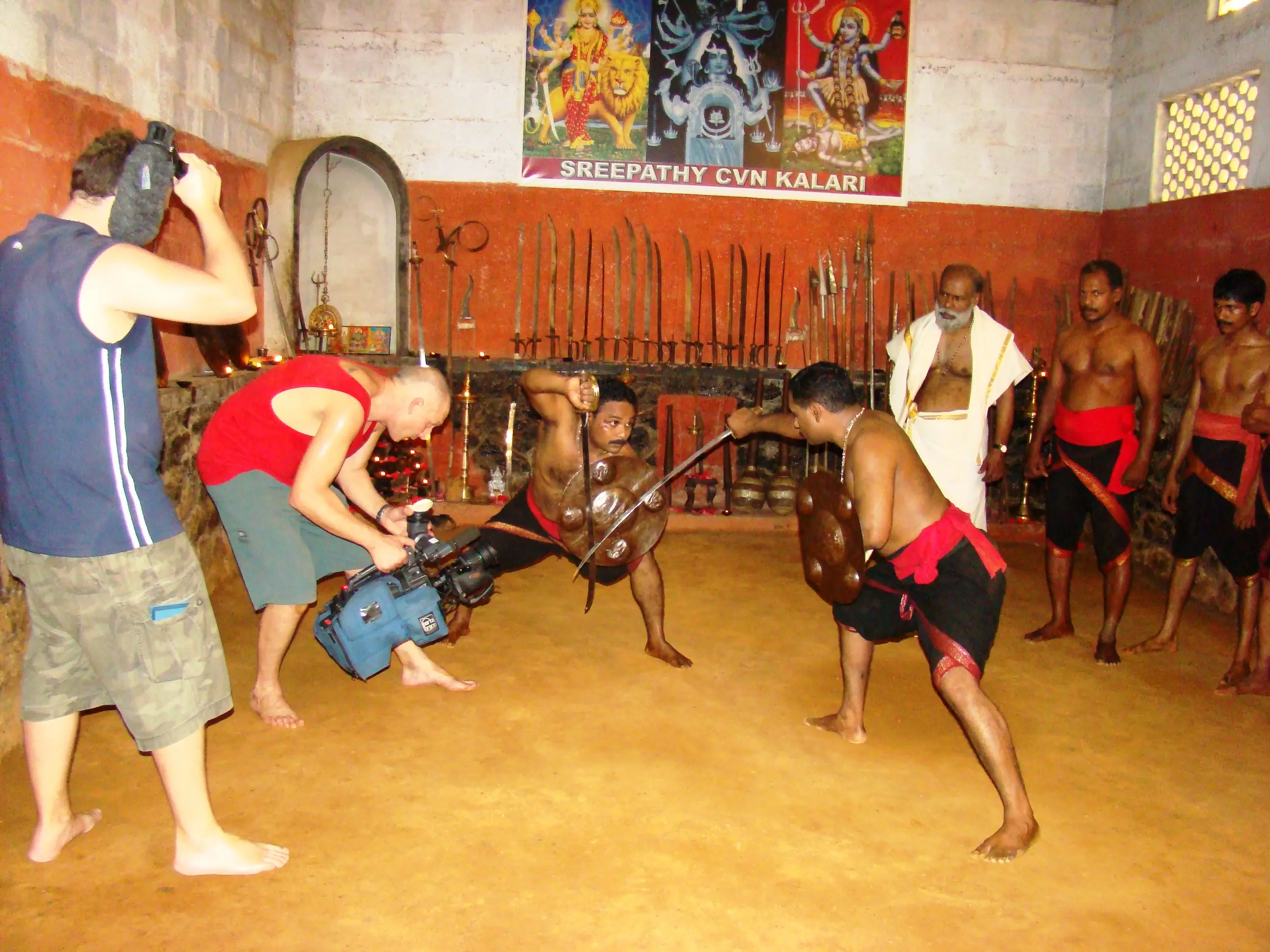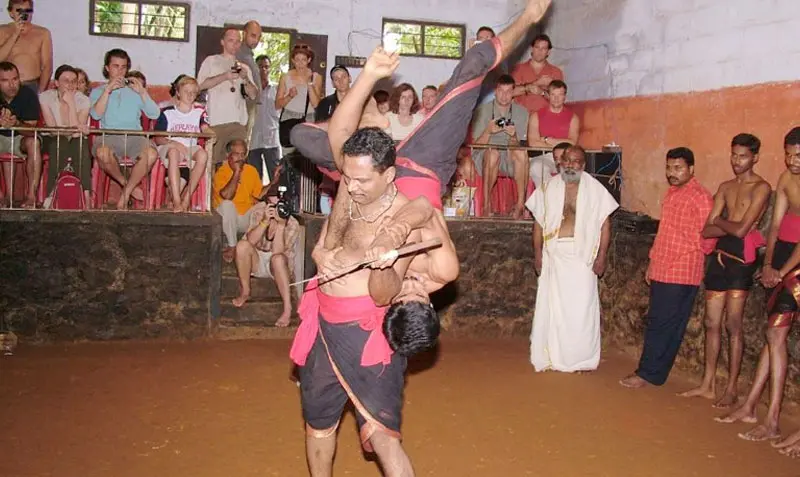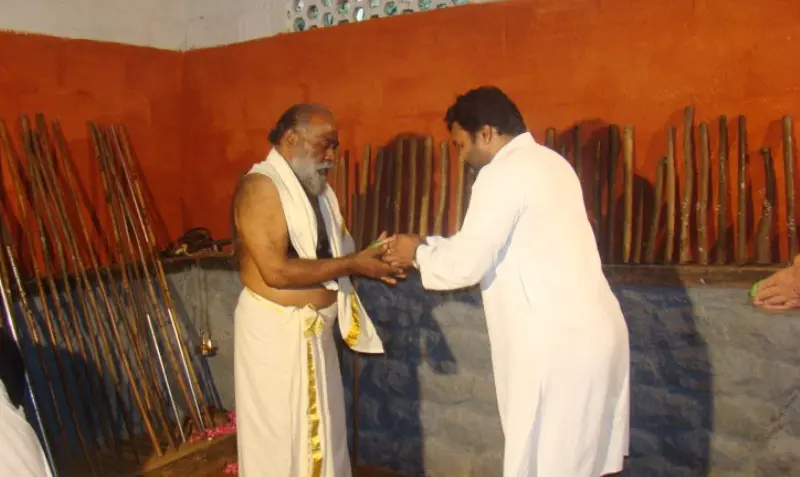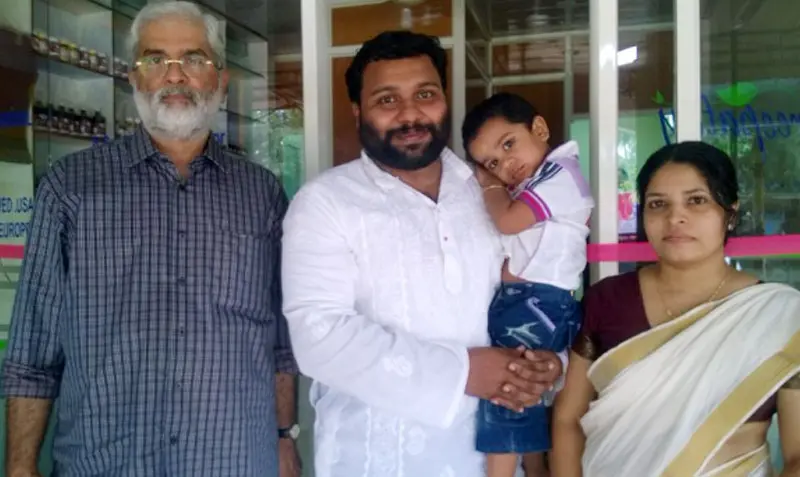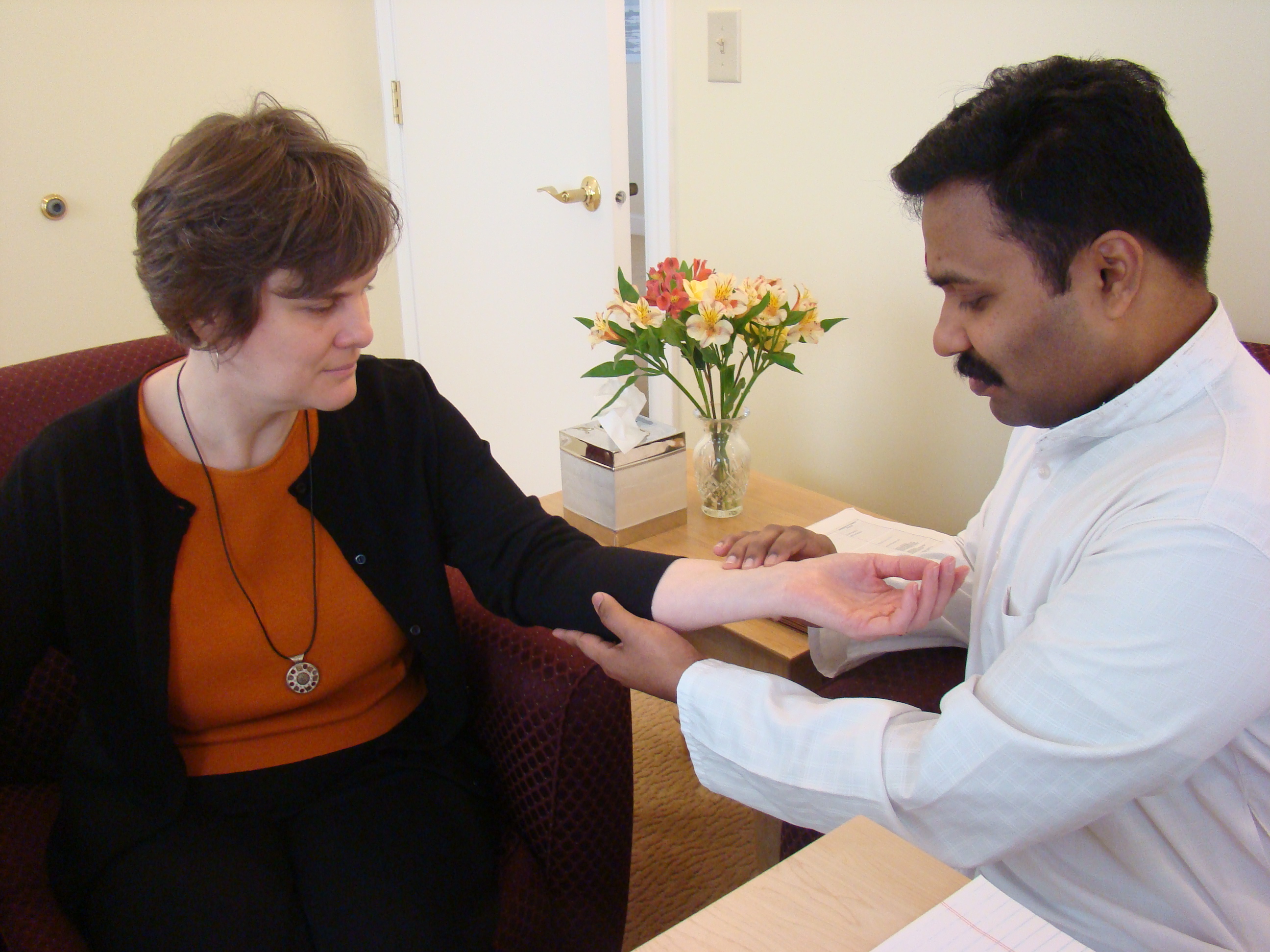 The art of diagnosis in Ayurveda can be divided into 2 parts: The inspection of the human being (Rogi-Pariksa) and the examination of the disease (Roga-Pariksa). A very important aspect is the determination of the constitution, which maybe described as the individual state of health. The constitution is diagnosed by determining the individual constellation of the 3 doshas at the time of birth. On the basis of the dietary recommendations are given, and it also indicates the proneness to possible diseases. A disease start by a deviation from the constitution and is understood to represent a deviation from the normal composition of the 3. Thus the current state of the 3 doshas has a great importance in finding a diagnosis.
The art of diagnosis in Ayurveda can be divided into 2 parts: The inspection of the human being (Rogi-Pariksa) and the examination of the disease (Roga-Pariksa). A very important aspect is the determination of the constitution, which maybe described as the individual state of health. The constitution is diagnosed by determining the individual constellation of the 3 doshas at the time of birth. On the basis of the dietary recommendations are given, and it also indicates the proneness to possible diseases. A disease start by a deviation from the constitution and is understood to represent a deviation from the normal composition of the 3. Thus the current state of the 3 doshas has a great importance in finding a diagnosis.
DIAGNOSTIC METHODOLOGY
Information about diagnostic methodology in Ayurveda is plenty but is lying scattered in the text at various places in the form of Sutras, Slokas or Verses. This puts Ayurvedic scholars in difficulty for examining and diagnosing a patient in an organized or systematic
way. Many new diseases are developing and so never diagnostic methodologies. It has become essential that an alternative medicine should remain updated with the recent developments in modern science utilized for diagnosing diseases.
According to Charaka, three things are essential for diagnosing a disease.
The are:
1.Pratyaksha (Observation)
2.Anumana (Interference), and
3.Aptopadesh (saying of seers in authoritative classical and other texts)
Susruta prescribed, the use of five sense while examining a patient and asking Prashnas (questioning). It is essential for a physician to do both Roga (disease) and Rogi (patient) Pariksha (examination).
Later Madhava mentioned Nidanapanchak (five diagnostic aspects) which are:
1. Nidana or Hetu (causes responsible for Roga, the disease)
2. Purva-Rupa (Prodromal syndromes)
3. Rupa (Signs and symptoms of Roga)
4. Samprapti (Pathogenesis) and
5. Upasaya (Therapeutic test)
After Madhava we find Astavidh Pariksha developed as in the text Yogaratnakara.
They are:
1. Nadi (pulse)
2. Mutra (urine)
3. Malam (faeces)
4. Jihva (tongue)
5. Shabda (voice)
6. Sparsha (skin or touch)
7. Drika (sight or eyes) and
8. Akriti (appearances, face, overall appearance)
In addition to the above in females, examination of Artava (menstruation) and Stanya (breast milk) is done. Ayurveda texts mentioned Dashavidha Pariksha (ten types of examination). This examination should be made before final medicaments are given to the patient. In this way we observe, there is not much difference in the Ayurvedic methodology of diagnosing from the modern allopathic method of diagnosing disease. Some minor conceptual variations are there.

